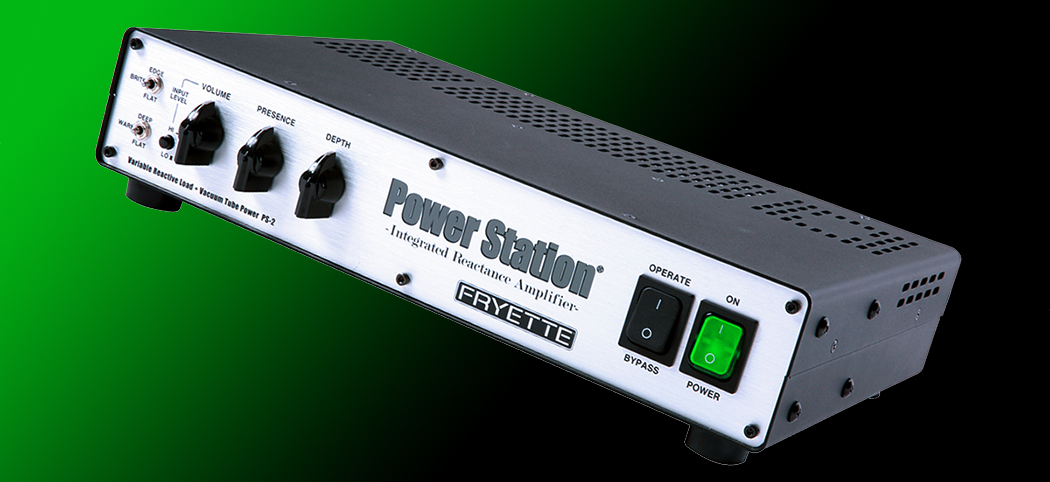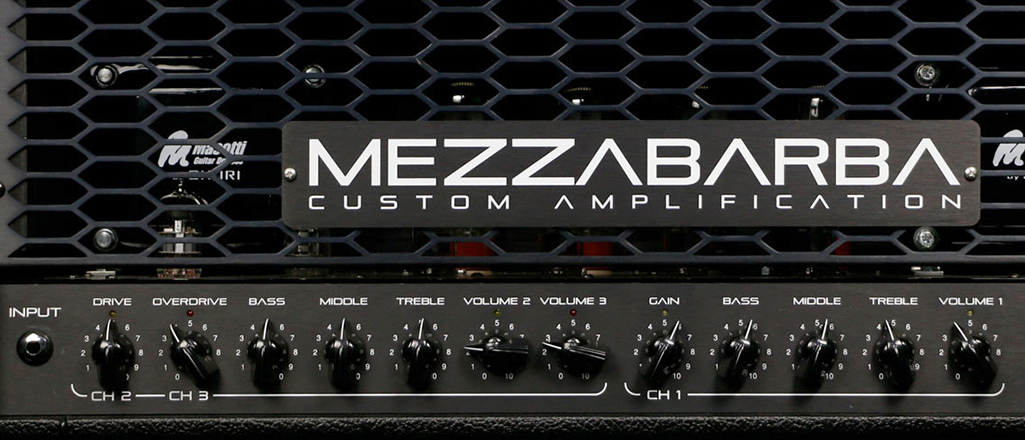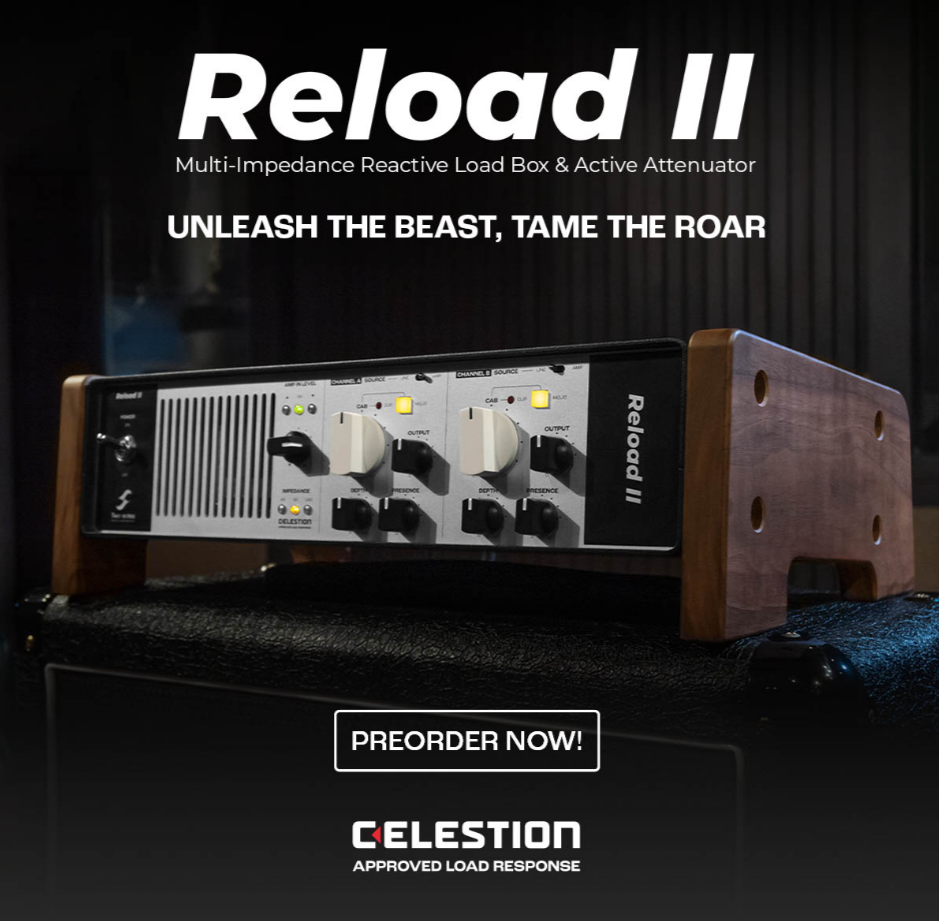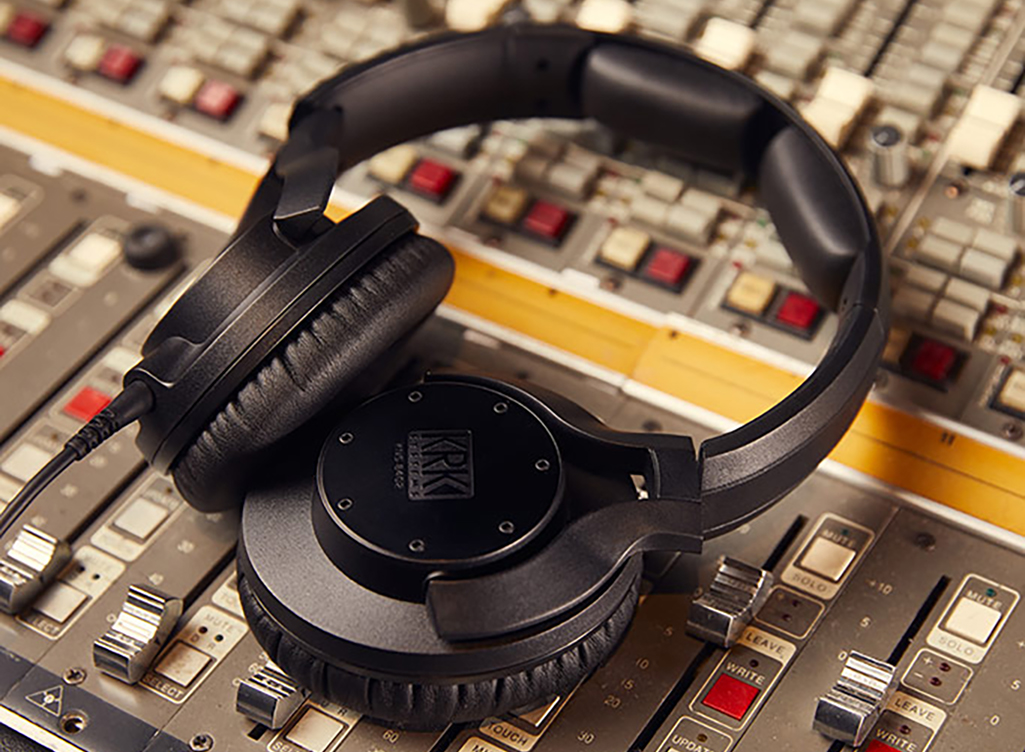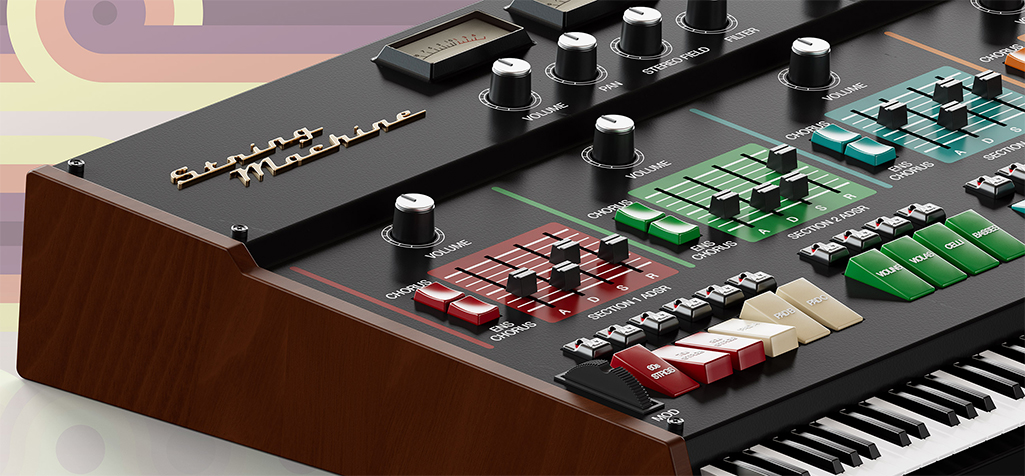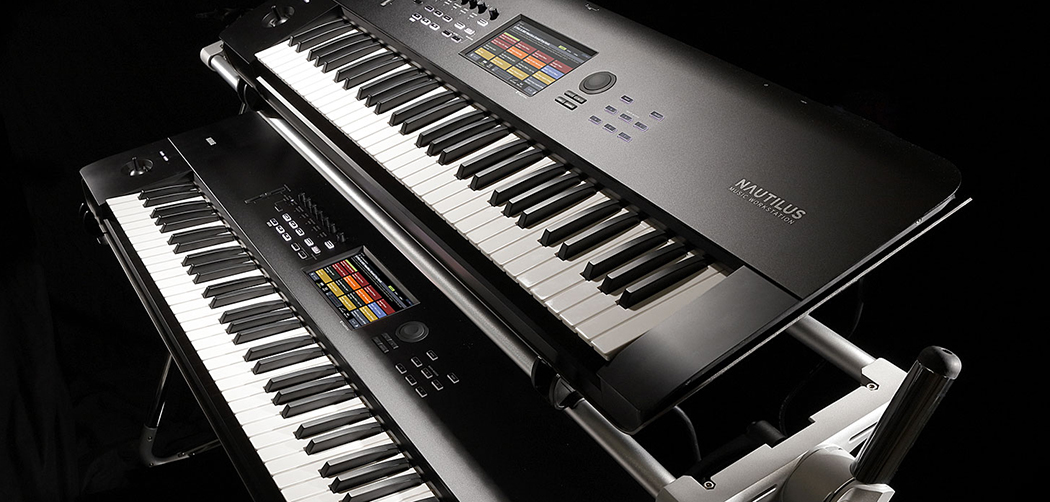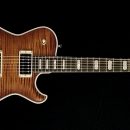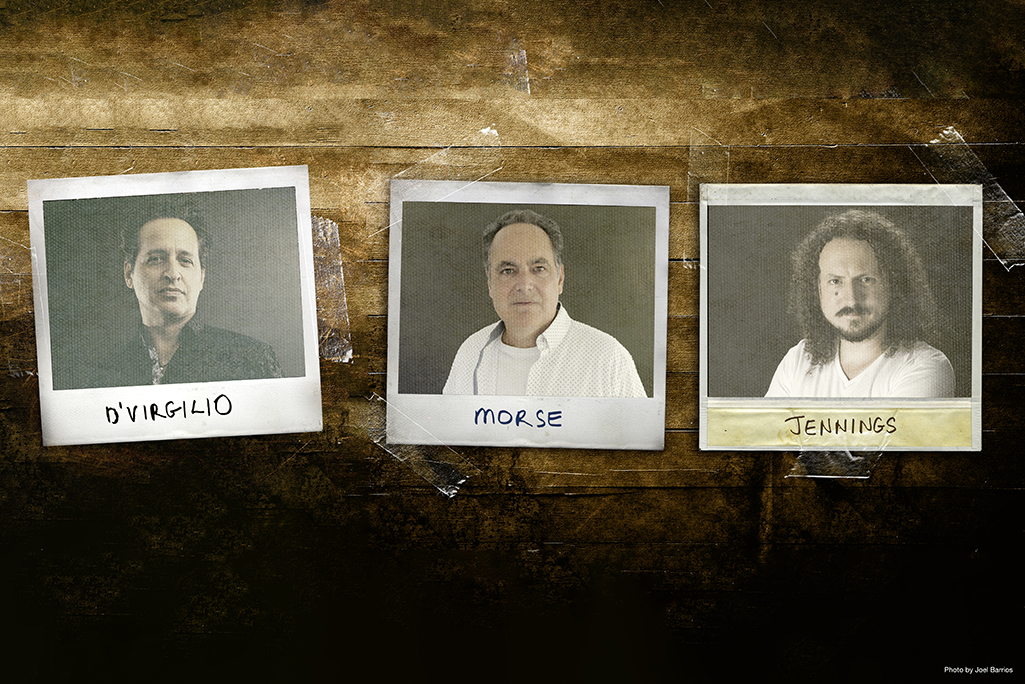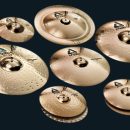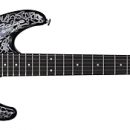 In today’s era of guitar amplification, there are a multitude of choices when it comes to amplifying our electric guitars. And high-wattage tube amps, even given amp modeling and low-wattage amp popularity, are not going anywhere anytime soon. Despite the obvious drawbacks of weight and delicate glass bottles, tube amplification is still a highly desired choice among the guitar community, regardless of application.
In today’s era of guitar amplification, there are a multitude of choices when it comes to amplifying our electric guitars. And high-wattage tube amps, even given amp modeling and low-wattage amp popularity, are not going anywhere anytime soon. Despite the obvious drawbacks of weight and delicate glass bottles, tube amplification is still a highly desired choice among the guitar community, regardless of application.
From bar band players to recording artists to guitarists on tour, we have all struggled with the shortcomings of tube amplification for years, shrugging off the downsides for the upside: glorious, thick, dripping, liquid tone. But one massive detraction from choosing a 50W or 100W (or more) tube amp is the volume. They are loud! So loud, in fact, that many amps come with distinct warnings of hearing damage in their documentation. And as most of our readers know, running a 100W tube amp with the volume knob at 7:00 does not generate the same tone as when that knob is up around 10:00 or 11:00 (or in the case of some classic circuit designs, the volume knob maxed out). If only there was a way to get our desired tone at a more manageable volume level. And what if we want to get more volume from our low-wattage tube amps in a way that the whole club can hear it?
Enter the Fryette Power Station PS-2: a highly versatile, reactive load box that is also a full-fledged 50W tube power amp. With this box, you can bring your monster head’s volume down to bedroom levels without a loss of tone, and you’ll wonder how you lived without such a great device for so long. But making your loud amp quiet only barely scratches the surface of this product’s numerous uses.
Features
The Fryette Power Station PS-2 is part reactive load, part power amp, and part external effects loop all in a small footprint of a design. Clearly aimed for tabletop (or rig top) application, it is slightly larger than one half rack space in width (rack ears are available for those who choose to rack it) and rests on rubber feet.
Before talking about the details, we’d just like to mention that about 75% of the Power Station is fully functional without any power connected. If you intend to use it to connect your amps to your DAW, there is no need to connect to power. Power is only needed when using the power amp section of the unit in order to drive a guitar speaker cabinet.
Unlike some competing products, the Fryette Power Station is not overly complex. In fact, it’s so straightforward that there is no computer connection to be made. Lacking a USB or wireless capabilities of any kind, it’s much like our guitar amps: frozen in time for the beauty that they are. Upgrades that can only be performed with a soldering iron. A true piece of hardware with no computer programming to get in the way. Ah, the good old days… but preserving your modern tone.
 The face of the Fryette Power Station is straightforward. Familiar Power and Bypass switches are found at the far right. Volume, Presence and Depth knobs relating to the power amp section are left of center on the face, and two tone-shaping toggles relating to high and low frequencies exist on the far left. These do not act as traditional tone boosts or cuts, but instead adjust the character of the reactive load of the unit. An input level button works directly in relation to output volume. It should be noted this volume control only affects what you hear from the power amp section when you have attached a guitar speaker cabinet.
The face of the Fryette Power Station is straightforward. Familiar Power and Bypass switches are found at the far right. Volume, Presence and Depth knobs relating to the power amp section are left of center on the face, and two tone-shaping toggles relating to high and low frequencies exist on the far left. These do not act as traditional tone boosts or cuts, but instead adjust the character of the reactive load of the unit. An input level button works directly in relation to output volume. It should be noted this volume control only affects what you hear from the power amp section when you have attached a guitar speaker cabinet.
 The back of the unit is a little more robust in features but laid out in a way it makes sense and is simple to understand. The most important jack on the rear of the unit is the Amp In jack. This is where your amp’s speaker output connects via a speaker cable (not an instrument cable). There is a separate Line In jack that is made for your preamps, amp modelers, or the slave out from a guitar amp. There are both quarter-inch line out as well as balanced mic line outs, destined for FOH mixers or DAWs. There are two speaker out jacks, in case you need to turn your Fender Blues Jr. into a full stack. There are two impendence switches to assure there are no mismatches (unless you want a deliberate mismatch, of course). There’s even a very thoughtful effects loop Send and Return with a level button (instrument or line level), which enables you to add an effects loop to an old or boutique head whose direct circuit signal path lacks this capability.
The back of the unit is a little more robust in features but laid out in a way it makes sense and is simple to understand. The most important jack on the rear of the unit is the Amp In jack. This is where your amp’s speaker output connects via a speaker cable (not an instrument cable). There is a separate Line In jack that is made for your preamps, amp modelers, or the slave out from a guitar amp. There are both quarter-inch line out as well as balanced mic line outs, destined for FOH mixers or DAWs. There are two speaker out jacks, in case you need to turn your Fender Blues Jr. into a full stack. There are two impendence switches to assure there are no mismatches (unless you want a deliberate mismatch, of course). There’s even a very thoughtful effects loop Send and Return with a level button (instrument or line level), which enables you to add an effects loop to an old or boutique head whose direct circuit signal path lacks this capability.
Usability
The Fryette Power Station PS-2 was simple to set up and start using. The hardest part of our testing was merely sourcing cabling for connecting to our cabinet (second speaker cable needed) and another balanced cable run to our computer audio interface.
We first ran the output from an ENGL Powerball II 120W head into the Amp In jack of the Power Station PS-2, and then ran a second speaker cable from there to our ENGL Pro 4x12 cabinet. In a matter of minutes, we had the amp’s volume controls at respectable levels that would have been fine on stage but too loud for rehearsals in the room with our band, and certainly too loud for general practice. But rather than suffering from the compromised sound we would otherwise get by dropping our amp’s volume controls down to “barely on,” we could adjust volume levels as quiet or loud as desired from the single control on the face of the Fryette Power Station PS-2. Awesome!
Next, we ditched the speaker cabinet and ran a balanced cable output from the Power Station PS-2 to our computer’s audio interface. Arming a track to record in PreSonus Studio One, we heard our signal, and it was easy enough to load a favorite speaker impulse response in our DAW and get tracking. It was this easy to set up and record with our amp, no microphones needed!
For another application, we took the TRS output from our Fractal Axe-FX III and ran it to the Line In on the Fryette Power Station PS-2. We then ran a speaker cable from the Power Station PS-2 to a Metropoulos 2x12 speaker cabinet. This was actually the first time we played our Axe-FX III through a guitar cabinet as it’s typically dedicated to recording in the studio. As you might expect, the results were nearly plug-and-play, but when used in this manner, you need to edit new modeled patches that do not include speaker emulation.
Although we didn’t get to test it in the following manner, the Fryette Power Station PS-2 would also be great if you’re building a wet/dry rig and need a smaller power amp to drive your effects speaker cabinet.
Sound
We did some pretty thorough sound testing of the Fryette Power Station PS-2 and came away with the realization that no high-powered tube amp owner should be without a reactive load box in their arsenal. We should have bought one of these years ago, and in fact, now a few of us have indeed purchased these fantastic units.
Finally, we could take our high-gain, high-powered amps and play them at reasonable volumes. Now, you still don’t want to run your amp flat out—that’s not where most amps sound there best (classic Marshall non-master volume heads notwithstanding), but each amp has a sweet spot, and if it’s got EL-34 or 6L6 power tubes, that sweet spot is somewhere between “please turn it down” and “that’s way too f-ing loud.” Case in point: Fender Twin.
With our ENGL Powerball II head, there are four independent channel volume levels and then master A and B volume output controls. Once we dialed in our ideal tones in the amp’s sweet spot, running through the Power Station PS-2 enabled us to bring it down to as quiet as we wanted without having to make adjustments to our head. The mini toggle switches let us contour the sound and response similar to how our parents’ old stereo had a Loudness button that compensated for low-frequency drop-off when listening at low volume. In this case, one switch contours the low end and the other contours the high end, ensuring that your amp sounds its best at any level.
We subsequently used the Power Station PS-2 with numerous amps in our collection from Mezzabarba, Metropoulis, Friedman, and Mesa Boogie. And this isn’t just useful to guitar players. One of our keyboard editors put the Power Station PS-2 to good use as well. Vintage Rhodes and Wurli keyboards used to be run through a Fender Twin, and thanks to the PS-2, our keyboards editor, Jason Buchwald, can now play comfortably in the same room as his legendary gear while generating those classic tones.
The Power Station PS-2 is also useful for tracking guitars in the studio. Loading up a simple drum loop, we double tracked a couple of riffs using a Friedman BE100, the Metropoulos Metro-Plex, an original Marshall Jubilee 2555, and a JCM900 MKIII. For good measure we also loaded up two versions of the Friedman BE100 on the Fractal AxeFXIII. We recorded the same riff, double tracked six times. The Power Station PS-2 worked as designed and we feel the sound was transparent enough, though it didn’t really come to life until we paired the input signal with some favorite impulse responses for speaker cabinets loaded into Line 6 Helix Native.
Of particular interest was noticing that our Axe-FX III modeled BE100 sounds were virtually indistinguishable from the real amp running through the Power Station PS-2 and into the same IR.
We stated in our usability section we tested the Power Station with our Fractal. Dialing the presence on the face of the Power Station gave us a bit of a startling revelation. Most of the sweep of the knob happens between eight and 10 on the dial. Under eight, not much changes all the way down to one. This is in and of itself not a problem, it was just a bit unusual. We didn’t have any issues dialing in an appropriate amount of presence. The Depth knob was more subtle. We loved the power amp feature here in this application. It made our fractal sound fantastic and convinced us we’d have no problem gigging this awesome combination.
Video courtesy of Fryette Amplification
Documentation and Product Support
Fryette’s website provides a PDF of the extensive user’s manual. A robust five-year warranty is provided, minus tubes and fuses which is only for 90 days. All support is handled through email. Fryette has a very nice website, although they really should clean up their forum. It seems to be overrun with spam trolling.
Price
The Fryette Power Station PS-2 sells direct for $699. Given the competing products sell for nearly double and most have no power section, this is a home run for anyone looking to attenuate (or boost) a guitar amp, or use it for the multitude of applications we outlined in this review.
Contact Information
Fryette Amplification
www.fryette.com

